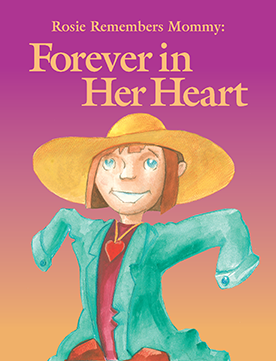
Rosie Remembers Mommy: Forever in Her Heart
Illustrates how a parent can provide solace and support to a child after the death of a loved one.
The following resources on child trauma were developed by the NCTSN. To find a specific topic or resource, enter keywords in the search box, or filter by resource type, trauma type, language, or audience.

Illustrates how a parent can provide solace and support to a child after the death of a loved one.
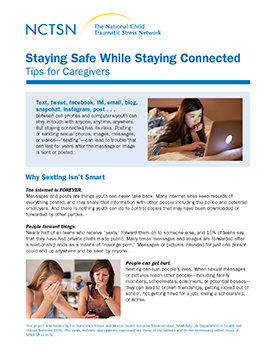
Provides information to parents and caregivers about keeping children safe online. This fact sheet describes why sexting is not smart and how sexts can be used to hurt or bully.
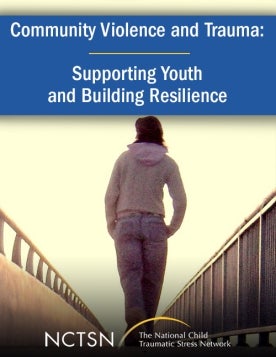
Discusses the key causes, major consequences, and professional responses related to community violence and its traumatic stress-related impacts on youth.
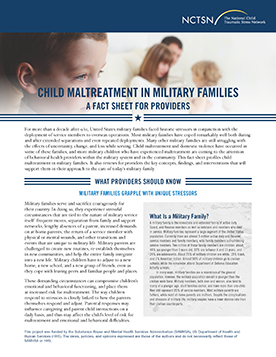
Details child maltreatment in military families. This fact sheet provides a look at child maltreatment in the military and offers providers the key concepts, findings, and interventions that will support them in their approach to the care of today's military family.
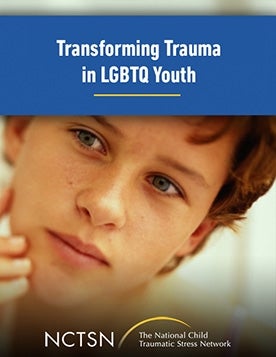
Discusses the Safe Places, Safe Spaces video product.
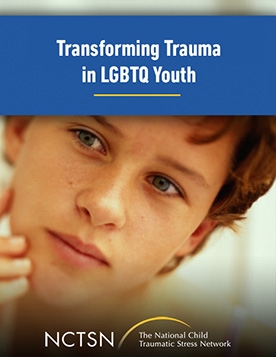
Offers concrete strategies and recommendations for providers working with LGBTQ youth who have experienced trauma. This webinar series discusses how to increase access to services, create a safe environment for care, and work with families and schools.
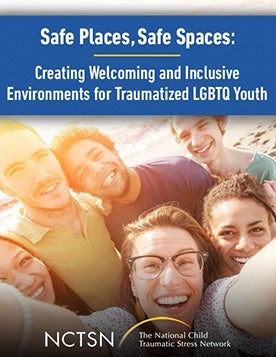
Introduces the viewer to the needs of lesbian, gay, bisexual, transgender and questioning (LGBTQ) youth who have experienced trauma.
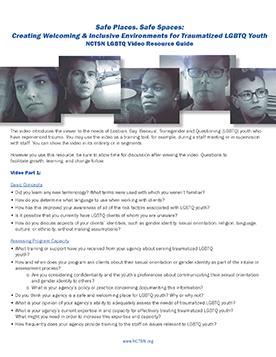
Offers guidance on how to use the Safe Places, Safe Spaces video.
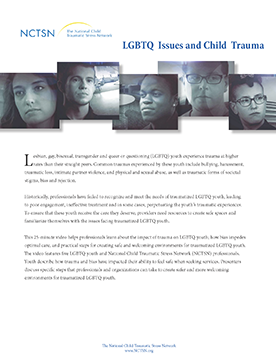
Offers an introduction to the Safe Places, Safe Spaces video. This fact sheet gives a brief overview for working with LGBTQ youth as well as a synopsis of the video, and suggested resources.
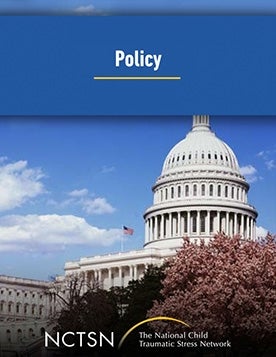
Addresses several local, state, and federal policy issues. This webinar series includes presentations from key policy experts, NCTSN members, affiliates, and partners who have played a leadership role in child trauma policy efforts.

Guides participants in understanding the Defending Childhood Initiative and its policy implications for the child trauma field.
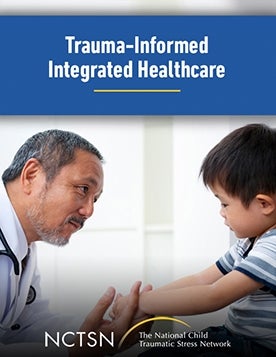
Provides a trauma-informed integrated healthcare model for conceptualizing young children exposed to violence and other traumatic stressors.